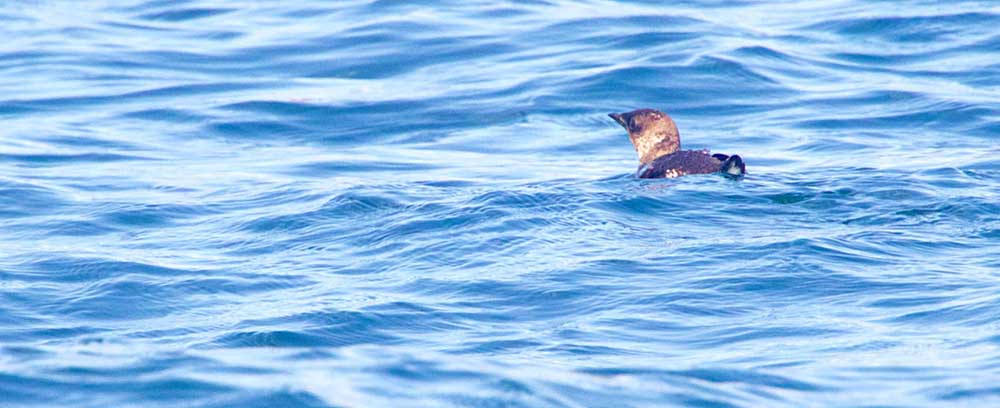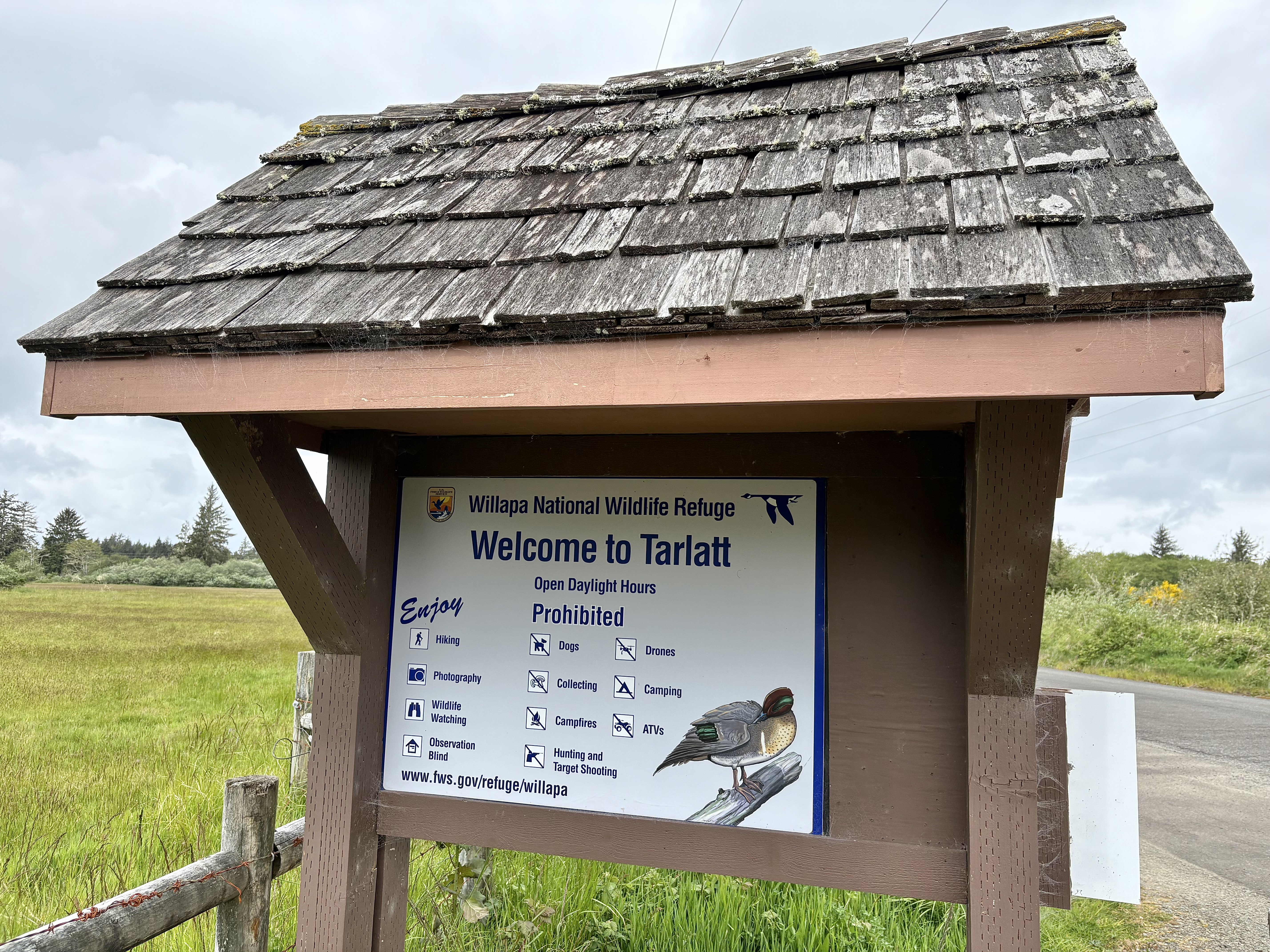Birdwatching A 25-year quest finally succeeds!
Published 12:52 pm Tuesday, August 7, 2018

- The marbled murrelet is brownish overall with a distinctive white butt. It nests in old-growth forest such as that on Long Island.
I have been birding on the Peninsula and the Willapa Wildlife Refuge for many, many years. During this time one bird sighting eluded me. Now my quest is partially over.
Trending
I saw my first marbled murrelet off Vancouver Island near Spring Island where magnificent old-growth forest abounds. The Willapa National Wildlife Refuge has some old growth forest, too, the largest being on Long Island and another small area at Teal Slough, but never have I seen a marbled murrelet. (Pacific County has other old growth outside refuge boundaries, most notably on the South Nemah River, where the Washington Department of Natural Resources has set aside a significant tract of forest, in part for murrelets.)
It is a small, chunky, neckless alcid. It is a seabird of the North Pacific about the size of a robin. The marbled murrelet is unique among alcids because it nests in old-growth coastal forests, preferring coniferous trees that are 200 years or older. Such trees are threatened by logging, so the bird’s habitat continues to disappear. Thus, for the most part, it is considered to be an endangered species. Other major risks to its survival include fishing-net entanglements and oil spills. According to the Cornell Ornithological Laboratory, marbled murrelets in the state of Washington are on the 2014 State of the Birds Watch List, which lists bird species that are at risk of becoming threatened or endangered without conservation action.
Little was known about the marbled murrelet until recent decades. The first nesting site was only discovered and formally documented in 1974, according to Cornell. It nests up to 45 miles inland in a depression on a horizontal branch or on a mossy tree branch high in coniferous trees. An adult breeding marbled murrelet is dark brownish overall with a white butt, with long narrow pointed wings, typical of murrelets. Marbled murrelets winter at sea and feed on small fish and plankton.
Trending
Last week, on a kayak trip, luck was on my doorstep. I had been hiking on Spring Island and surveyed the magnificent old-growth forest of trees well over 1,500 years old. They were still standing, showing off their huge trunks and their branches of coniferous needles as they swayed in the wind, so high up I could barely see the tops. Immediately, the marbled murrelet came to mind. Out went the word, “Let’s keep our eyes open for a murrelet!” Lady luck was with me then! The very next day, while on a small boat on the way to see and study sea otters, the captain, cried out, “Marbled murrelet starboard!” I saw four of them that day.
As I mentioned above, I have never sighted a marbled murrelet in our own backyard, so my quest of 25 years still stands, in a way. I will keep on looking. If you ever see one, please send out the word!









